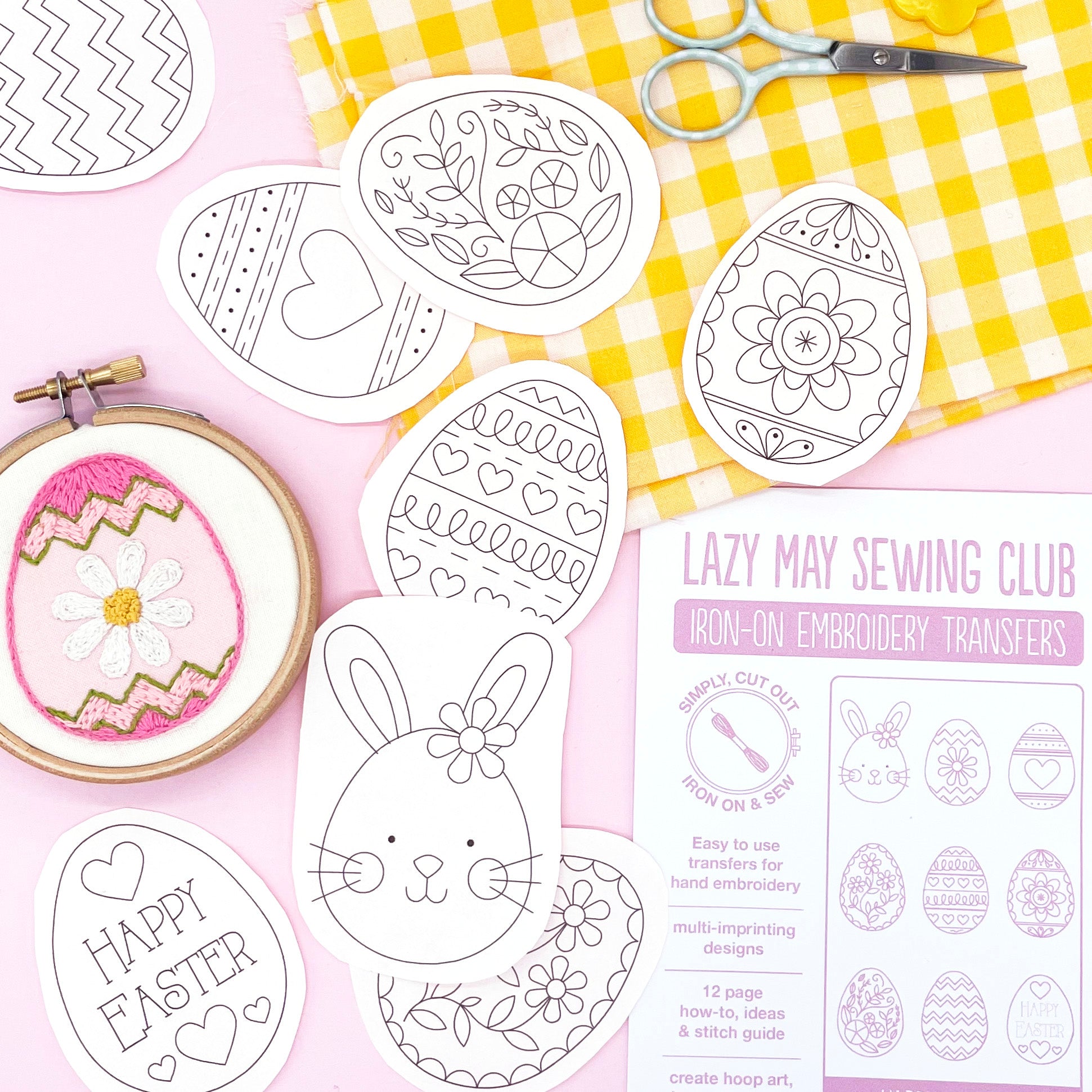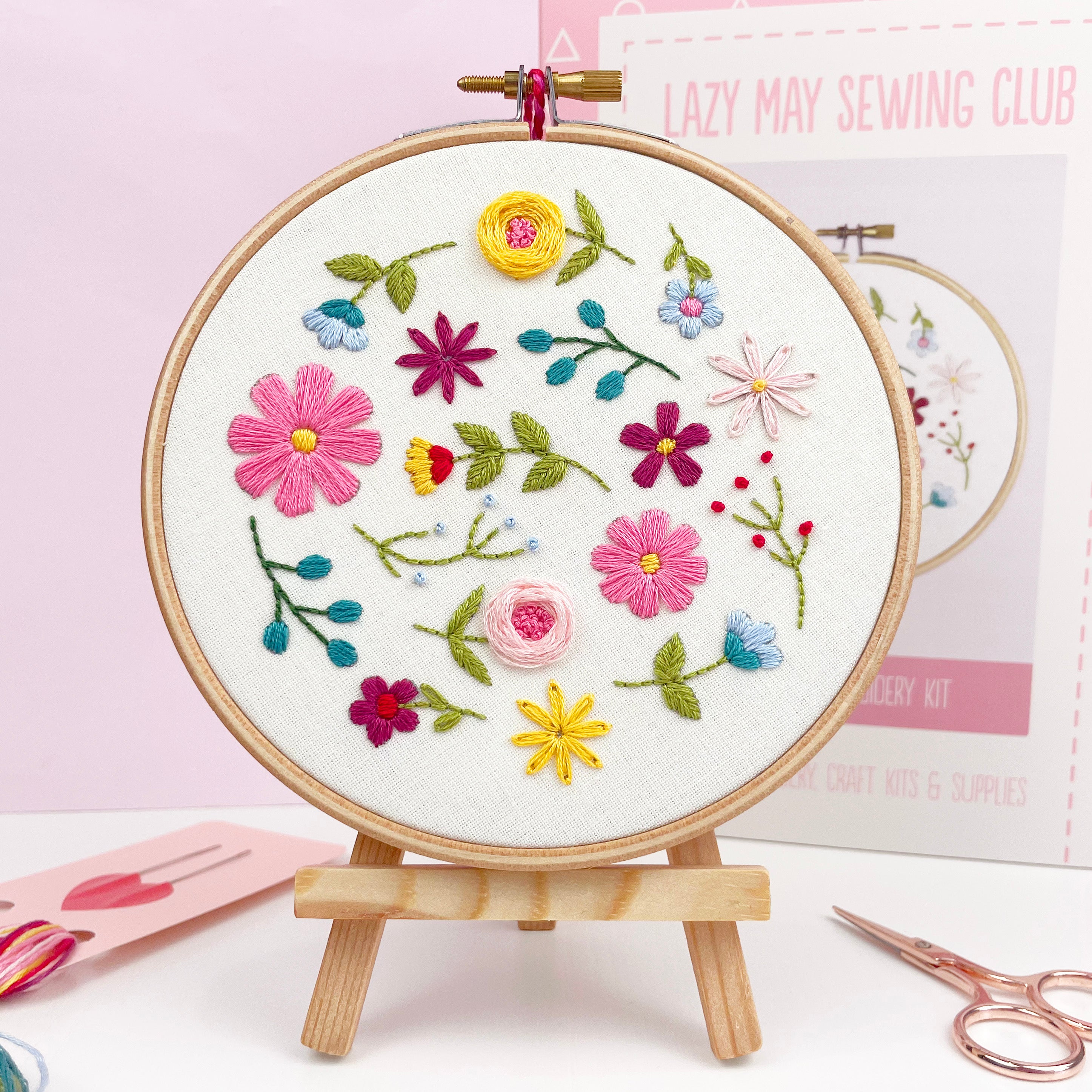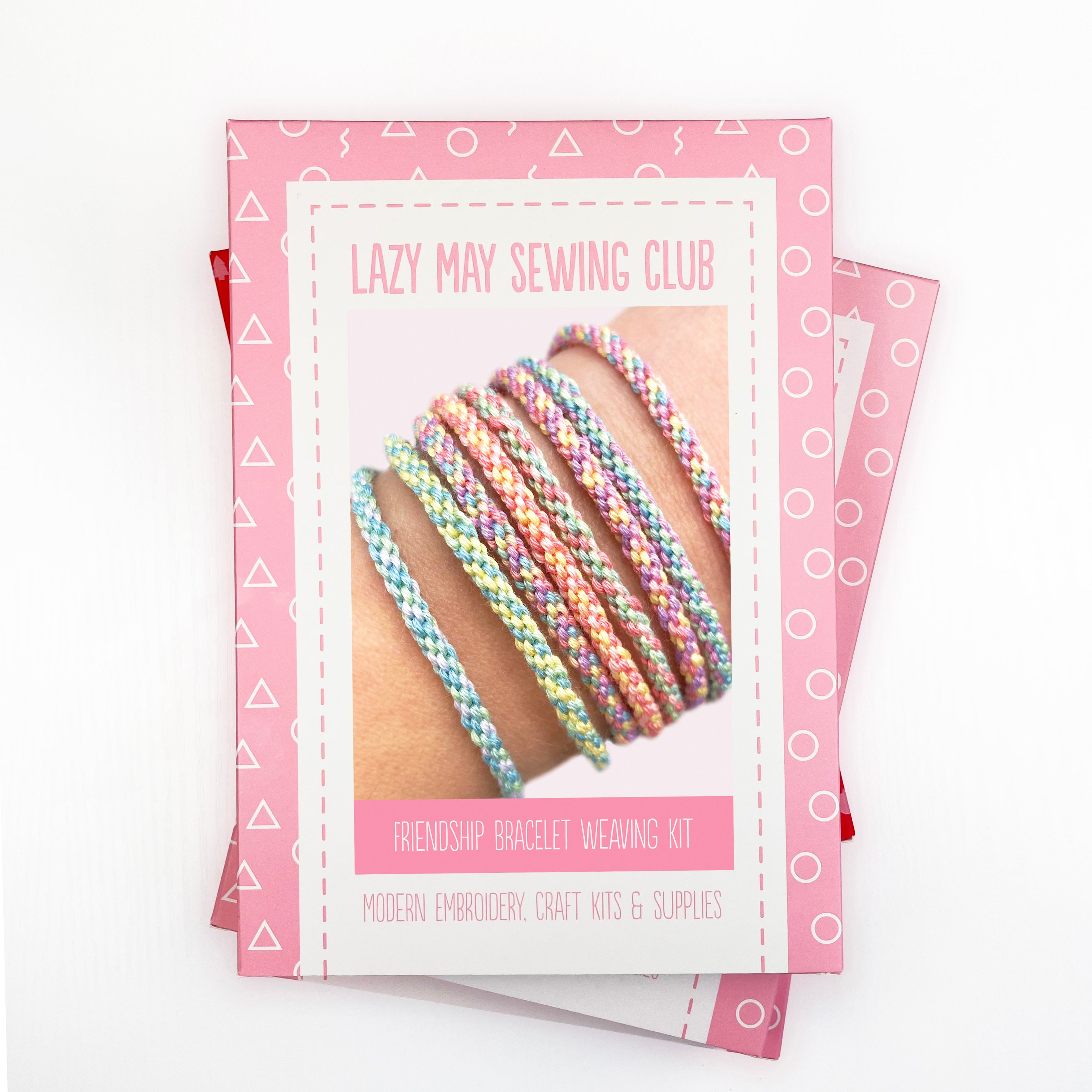How to separate embroidery thread (step by step)
Separating embroidery thread is one of those small beginner skills that makes a big difference. Once you know how, it’s quick, easy, and helps you get cleaner, smoother stitches.
Watch: how to separate embroidery thread
If you’d like to see it in action first, this short video shows the whole process. You can also follow the photos and steps below.
Why separate embroidery thread?
Being able to separate embroidery thread is one of the most useful skills to learn in embroidery. Many stitchers worry about mastering it, but it’s easy once you know the knack.
Most embroidery thread is called 6 stranded, which means each length is made up of six thinner strands twisted together. Patterns often ask you to stitch with a certain number of strands.
To do that, you’ll separate the six strands and choose the number you want to use. This could be one single strand or all six, depending on the pattern. Changing the number of strands changes the thickness and look of your stitches.
What different strand counts look like
Here you can see how the same stitch looks when the thread is separated into different combinations of strands.
Each curl is stitched in stem stitch, starting with one strand and working up to the full six strands.
You can find a guide to stem stitch here.
The lines become thicker as more strands are used. Detailed and delicate areas can be stitched with a single strand, while a bold, chunky outline would use all six.

How to separate embroidery thread (step by step)
If you’re separating thread for the first time, it can feel a little fiddly. Keeping your thread short makes it much easier.
Step 1: Cut a manageable length
Cut about 30cm (12in) of thread. A handy trick is to hold one end in your fingertips, stretch it to your elbow, and cut there.
Step 2: Separate the strands you need
At one end, gently tease apart the number of strands you want to use. In the photo, the thread is split into two groups of three strands.

Step 3: Pull the strands apart slowly
Hold the main bundle steady, put a finger between the separated strands, and slowly pull down to separate them. The thread may twist as you go, so take your time and let it untwist naturally.

Using different thread thicknesses in one design
Here’s another example using stem stitch with different numbers of strands. Larger rose petals are stitched with four strands to make them stand out, while leaf veins are stitched with one strand for finer detail.
This design was stitched using our Rose Bouquet iron-on embroidery pattern.

Separating embroidery thread: quick FAQs
How many strands should I use for embroidery? ▾
It depends on the look you want and what your pattern suggests. One to two strands give a fine, delicate line, while three to six strands create a bolder, thicker stitch.
Why does my thread keep tangling when I separate it? ▾
Tangling usually happens when the thread length is too long or you pull too quickly. Try working with a shorter length and separate the strands slowly so they can untwist.
Do I need to separate the strands one at a time? ▾
For the smoothest results, yes. Pulling out a single strand at a time helps prevent knots and keeps the thread looking neat when you stitch.
Ready for your next stitching project?
If you fancy something beginner-friendly, have a browse of my kits and patterns, or grab the free sampler to practise your stitches.





